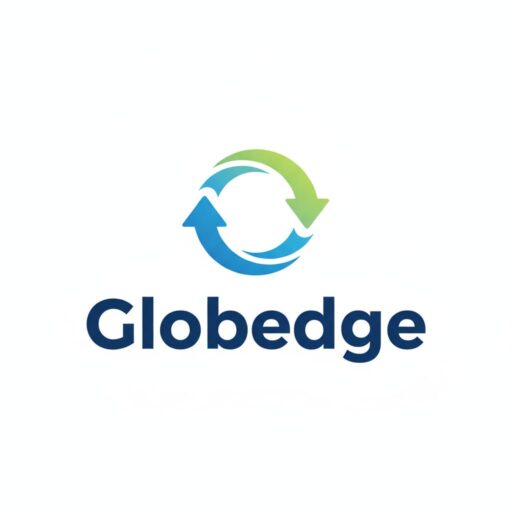FDA Approves Moderna’s COVID Vaccine for At-Risk Children Under 12; NIH to Cap Journal Fees for Open-Access Research
Two significant developments in U.S. health and research policy were announced in early July 2025. The U.S. Food and Drug Administration (FDA) granted full approval to Moderna’s COVID-19 vaccine, Spikevax, for children under 12 years old who are at higher risk of severe disease. Meanwhile, the National Institutes of Health (NIH) announced plans to introduce a cap on the journal fees that can be charged for open-access publishing of NIH-funded research. Both actions reflect a commitment to enhancing public health while making scientific knowledge more accessible and equitable.
Moderna’s COVID Vaccine Fully Approved for High-Risk Children
The FDA’s decision marks a shift from emergency use authorization (EUA) to full regulatory approval for Moderna’s COVID vaccine in children aged six months to 11 years who face elevated health risks due to underlying medical conditions. This includes children with chronic illnesses such as asthma, heart disease, or weakened immune systems. The move enables doctors to provide vaccinations with greater confidence and allows for streamlined distribution in preparation for the 2025–2026 respiratory illness season.
Importantly, this approval does not extend to all healthy children in this age group. The Centers for Disease Control and Prevention (CDC) has recently revised its guidance, no longer recommending COVID-19 vaccines for all healthy children. Instead, vaccinations are now focused on those who are medically vulnerable. This targeted approach reflects the current phase of the pandemic, where most children are considered at low risk for severe outcomes, but certain groups remain highly susceptible.
The decision to approve Moderna’s vaccine followed a rigorous review of clinical trial data, which demonstrated strong immune responses and a favorable safety profile in young children. With full approval, physicians and caregivers now have a clearer regulatory pathway to protect at-risk children from potential complications associated with COVID-19.

NIH Plans to Cap Open-Access Publishing Fees
In another key announcement, the NIH revealed plans to implement a cap on Article Processing Charges (APCs) that journals can impose when publishing research funded by the agency. Open-access publishing allows research articles to be freely available to the public, promoting wider dissemination of scientific knowledge. However, many journals charge high APCs, which can be a barrier for some researchers, especially those at smaller institutions or from underfunded backgrounds.
The NIH’s forthcoming policy is intended to prevent excessive publication fees and ensure that publicly funded research remains accessible without imposing unfair financial burdens on scientists. The cap will likely align with global efforts to regulate open-access costs, particularly as more funding agencies and governments demand open publication of taxpayer-supported research.
This initiative aligns with the U.S. government’s broader push toward transparency and equity in science. By reducing financial gatekeeping in academic publishing, the NIH hopes to foster a more inclusive research environment while ensuring that vital findings reach the global community more swiftly and openly.

Conclusion
These twin decisions—the FDA’s targeted vaccine approval and the NIH’s fee regulation—reflect a refined, strategic response to the evolving landscape of public health and research. Together, they aim to protect vulnerable populations and democratize access to scientific discovery.

